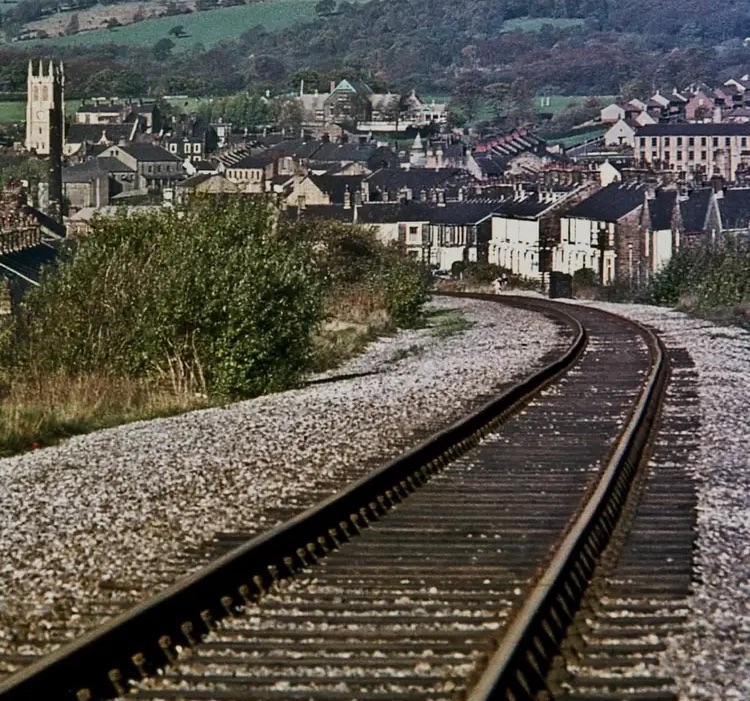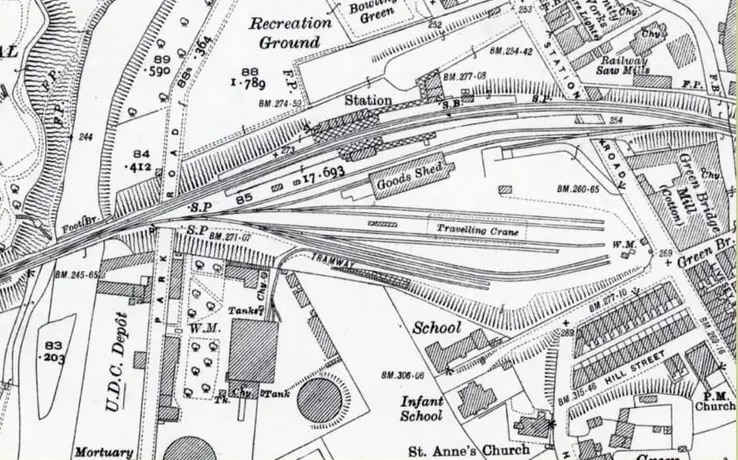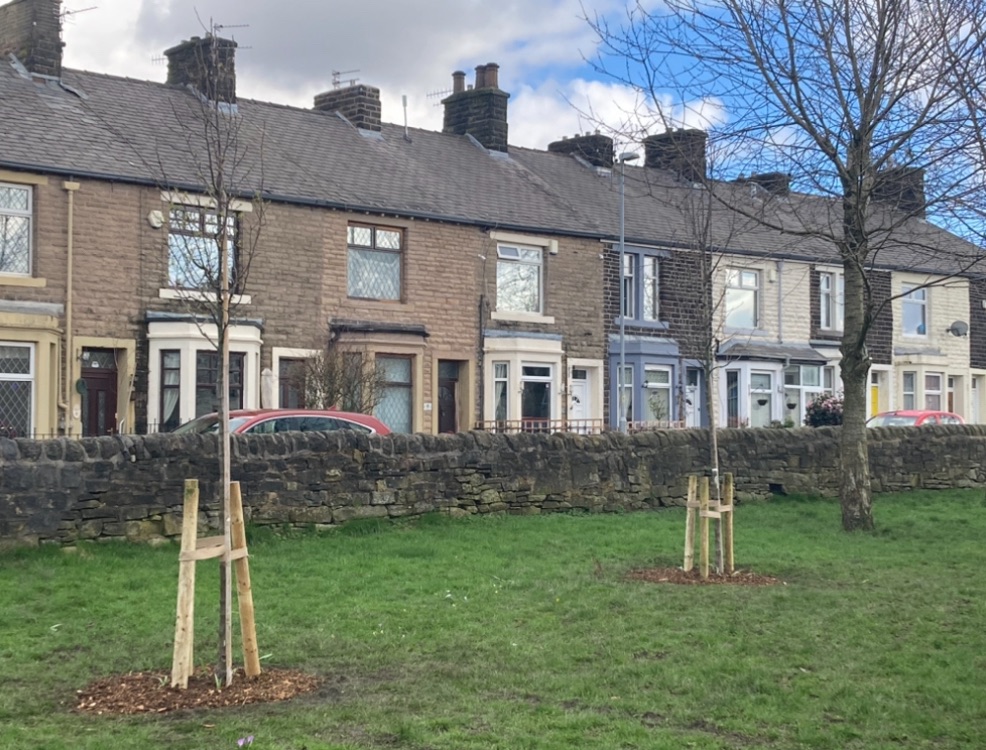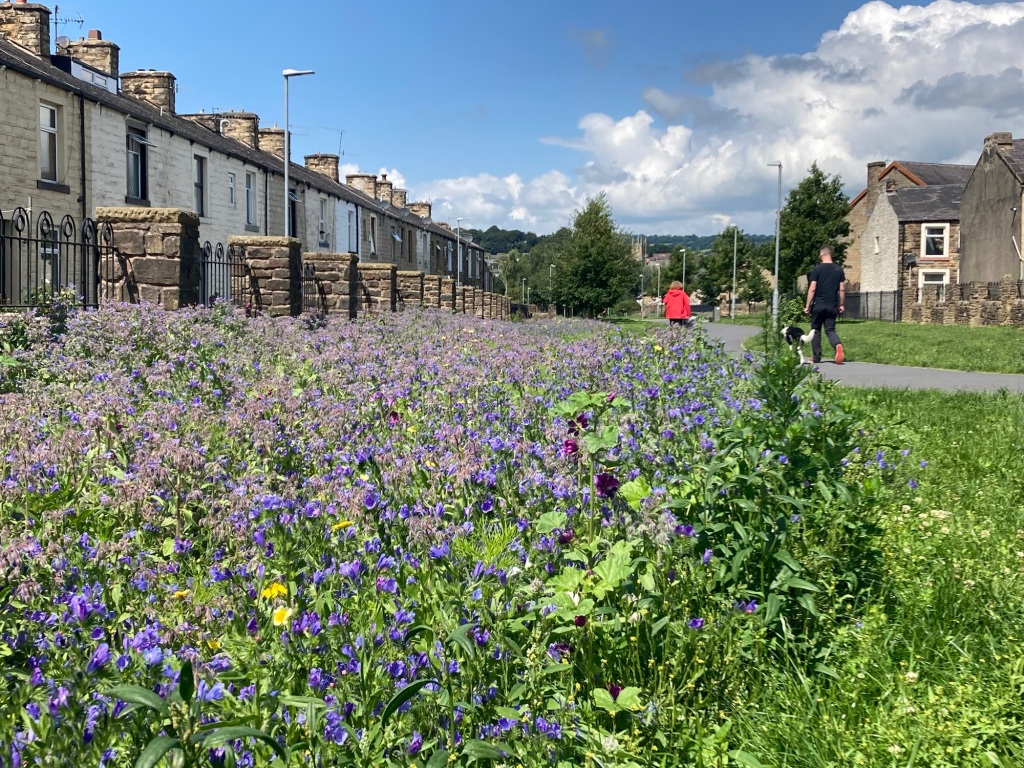
There are several thousand miles of closed railway lines around the British isles, many of which have been re-purposed as footpaths, bridle-ways and cycle-paths for the use of the public.
Many of these were closed in the decades since the ‘Beeching cuts’ of the 60’s, when the incumbent Chairman of the British Railways Board, Richard Beeching, signed a report which led to 5,000 miles of the UK’s rail network being shut down, mainly due to the vast cost of subsidising it at a time when road was rapidly replacing rail as the main way of transporting passengers and freight.

Railways, by their very nature, are mostly flat and rarely have any steep inclines or declines so lend themselves very well to foot, hoof and pedal-power, and they usually follow a more-or-less direct route between destinations, often through some of our most beautiful countryside, all this makes them enormously popular to everyone from horseback hackers to cycling commuters.
The tendency of these routes to be traffic-free is also appealing, especially for wheelchair and pushchair users, mobility scooter riders and parents with children on scooters, bikes and other wheeled contraptions.
One such route, known simply as ‘The Greenway’, runs straight through the Lancashire mill-town of Padiham and was constructed along the old route of the North Lancs Loop.

The North Lancs Loop
The North Lancs Loop, as it is known by rail historians, was one of the most expensive stretches of line built by the Lancashire and Yorkshire Railway company and proved a headache for planners trying to negotiate with landowners and pick a suitable route across the Calder valley between Great Harwood and Rose Grove near Burnley.
Construction began in April 1870 and the first passenger train left Padiham on September the 1st 1876 although through most of its lifespan, until the line’s official closure to passengers in 1964, the traffic was mainly freight rather than passenger.

The line had lost its scheduled passenger services 7 years earlier in December 1957, but was still regularly used by passengers until the summer of 1963 as an alternative route for summer traffic from Yorkshire and North East Lancashire to Blackpool which avoided the notorious bottleneck at Accrington, especially to provide services to Blackpool on the incredibly busy Wakes Weeks, even though by that time demolition of the stations had already been started.
The rail connection to Padiham Power Station, however, was retained for deliveries of coal until as late as 1993.
For more information about the History of the North Lancs Loop please click on the link for an excellent article by rail historian Andy Hunt.

shot in the early 90s by Mick Page
The creation of Padiham’s Greenway
Work on designing Padiham Greenway began in December 2006 when a group of stakeholders, including local residents and representatives from Padiham Town Council, Burnley Borough Council and Lancashire County Council met to discuss the various options available for re-purposing the rail track which cuts across the town and had been derelict and rubbish-strewn since the mid 90s.
After deliberating and poring over several plans the panel chose a design which would form a linear park running through the centre of the town, provide a safe and inviting space for people to socialise and cater for a walkers and cyclists of all ages and abilities.



Planning permission for a change of use to a footpath, bridleway and cycleway had already been granted in April 2005 on condition that several provisions be met, these being related to landscaping, lighting and access, these conditions were met in November 2008.
From March that year the future site of the greenway had been extremely busy with groundwork being carried out including removing the track and clearing years-worth of rubbish and overgrown vegetation, which was completed by April.
In 2009 on the 29th of January major construction jobs entailing the removal of a footbridge at Pendle Street, the lowering of embankments, removal of the top foot or two of boundary walls to open the area up and last-but-not-least the laying of the tarmac path began. Of course these tasks took longer to complete but work proceeded smoothly and on target, being finished by December, the main contractor for this was a Skipton based firm called JN Bentley.


The Greenway now
The Greenway opened in 2010 and immediately proved a hit with everyone, quickly being adopted by local residents as a place to enjoy a short walk in the fresh air with the dog, play football with the kids or to safely teach them to ride their first bicycle. A 2k junior parkrun takes place every Sunday at 9:00am and this winter (2024) several trees were planted as part of an on-going tree planting programme by Burnley Bondholders.
Over the years it became familiar as a unique feature of Padiham that makes it different to other towns in the area, and as a resident of 8 years I can testify to how well respected and kept clean it is by the majority of people.

This became evident by the dismay displayed in June 2021 when the current owners of the Greenway, the sustainable transport charity Sustrans, had to close down the bridge over the river Calder after a routine inspection by engineers revealed that a support pier in the river was sinking (see photos)
The coal authority investigated the subsidence and found that coal mining, once a major industry in the area, was probably to blame, at the moment this investigation is still on-going and users of the greenway are having to divert around the bridge to reach Memorial park on the other side.




June 2022
In Parts Two and Three I’ll look at some of the features and sights of the Greenway, its possible future connection with the line at Simonstone which would carry it over Martholme viaduct and onto the town of Great Harwood, some of the contemporary issues it faces such as vandalism and misuse and the flora and fauna that can be spotted along the verges of this verdant and valued stretch of reclaimed railway.
For now though I hope you like this little video of our 3-legged terrier Ethel enjoying a ride along the Greenway in my father-in-law’s mobility scooter;
All photos and videos by author or from Padiham Archives,
(June, 2024)
A B-H